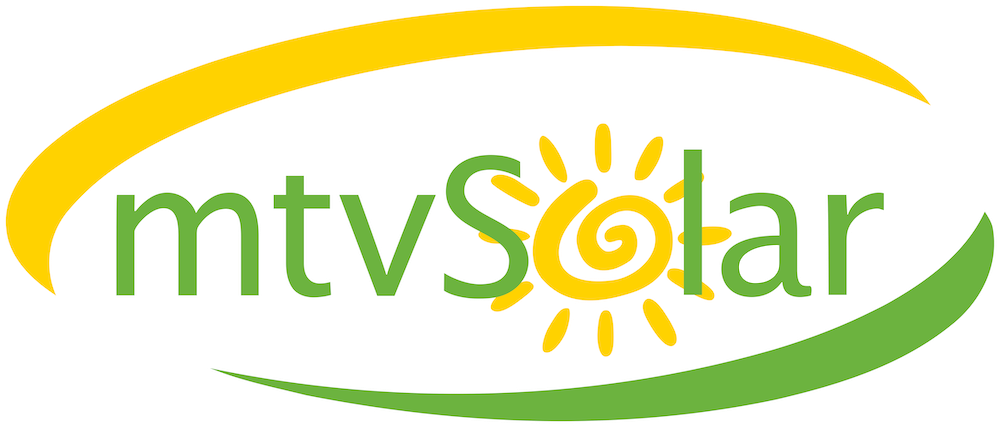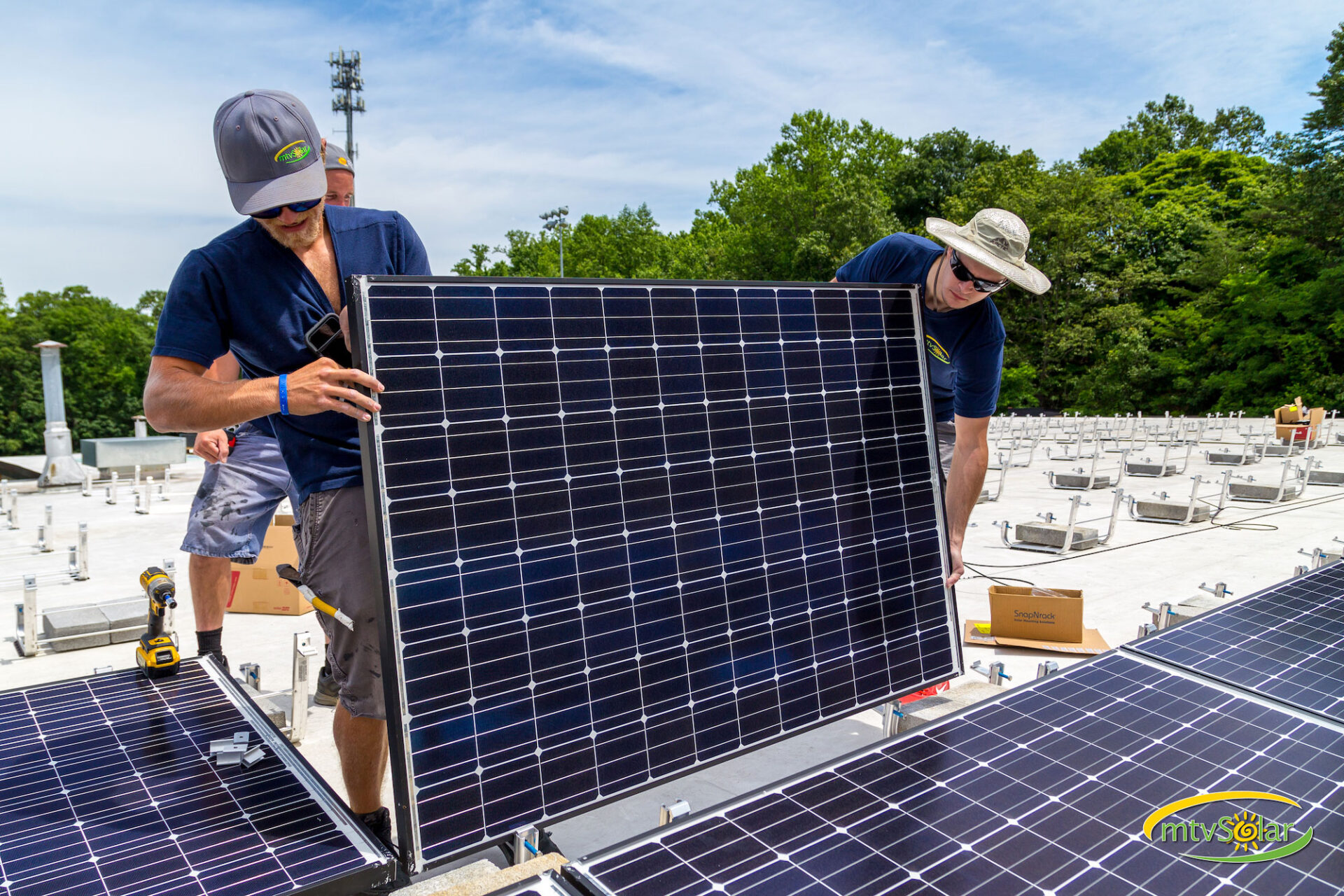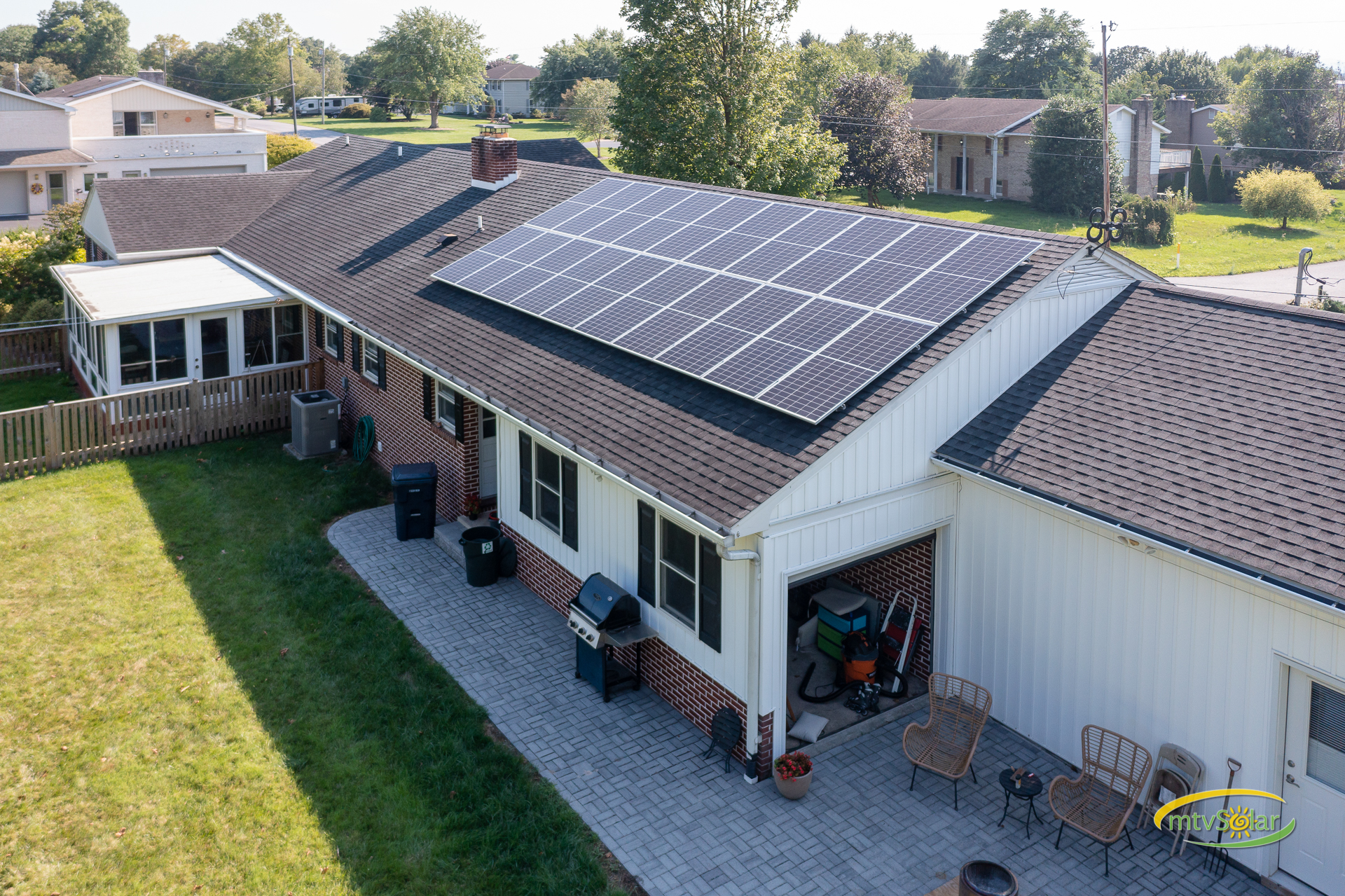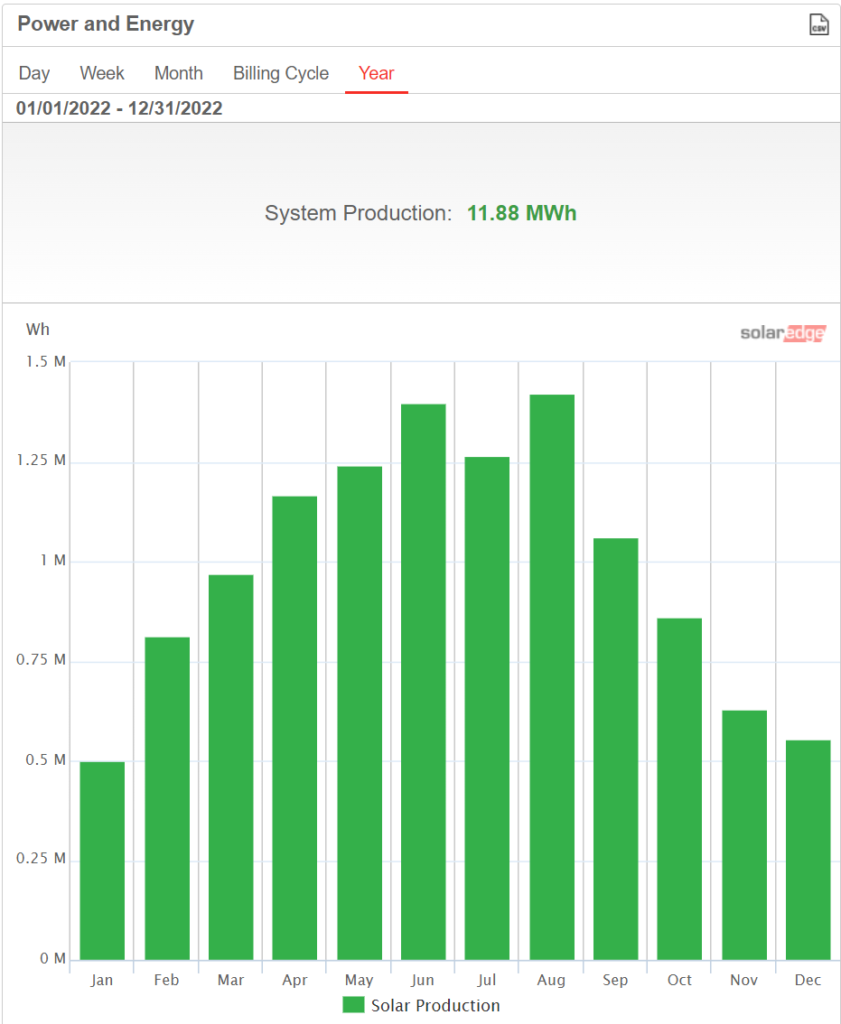mtvSolar is excited to learn of new levels of federal support for clean energy projects, adding another layer of incentives for residential and commercial customers to install solar as their power source. These investments in growing the clean energy economy will have special impact around rural coal communities and on sustainable energy projects in low-income communities. Details of these programs were released just last week by the U.S. Treasury, the U.S. Department of Energy and the IRS.
mtvSolar has a long track record of building out solar in underserved communities, and working with partners to boost solar in low-income areas.
Danny Chiotos, mtvSolar Director of Product Delivery, said the U.S. government’s new funds for clean energy create “stacked incentives” to offset the costs of solar panels, battery systems, smart electric panels and related electrical work.
Commercial solar projects have access to the widest variety of federal credits, said Danny. Businesses can receive the standard 30% federal tax credit for solar energy project costs, can apply for the USDA and Rural Energy for America Program (REAP) Energy Systems & Energy Efficiency Improvement Guaranteed Loans & Grants to possibly cover up to 40% of the cost of commercial projects, plus the new location-based incentives that can add 10% additional credits for projects in coal-affected communities, and in low-income communities.
“When you start adding those together, we can be talking about covering nearly all of the costs of a commercial solar energy installation,” said Danny.
Residential solar projects can still receive the 30% federal tax credit for new systems, plus applicable depreciation on a homeowner’s taxes each year. Other credits may be available from individual state tax departments for energy efficiency work, using American-made clean energy components and more.
Customers are encouraged to consult their tax advisors as they work with our PV Consultants to make the most of these new federal incentives to power a business, farm or home with solar.
And it’s worth remembering that all tax credits and financial incentives are added to our customers’ main savings – free electricity generated by their solar panels harnessing the power of the sun.






